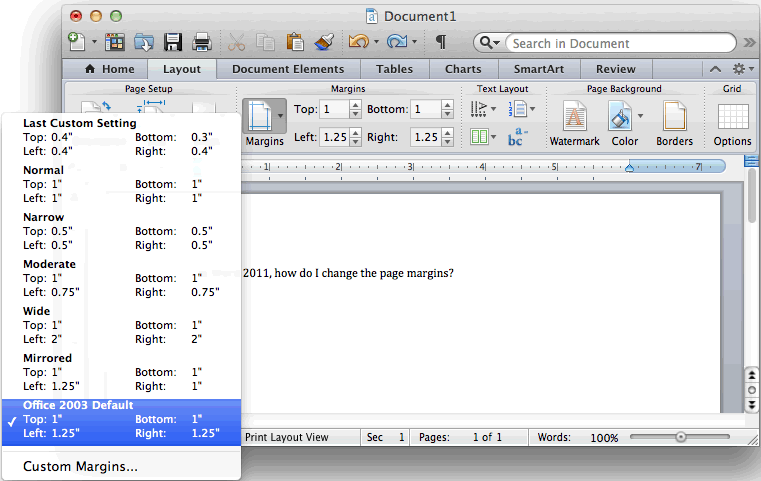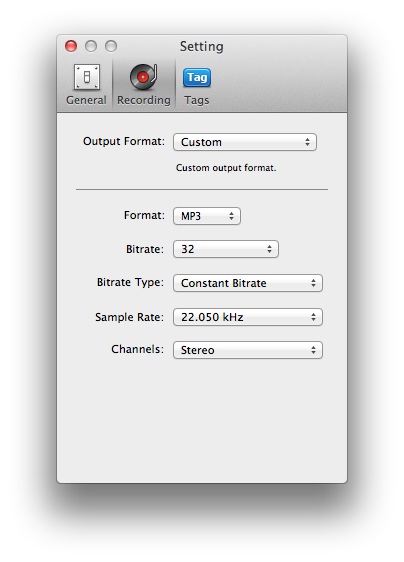고정 헤더 영역
상세 컨텐츠
본문
The Custom Settings payload can be used when Apple releases new functionality or features that AirWatch does not currently support through its native payloads. If you do not want to wait for the newest release of AirWatch to be able to control these settings, you can use the Custom Settings payload and XML code to manually enable or disable certain settings.
You can create a 'test' organization group to avoid affecting users before you are ready to save and publish the new settings. Also, any device not upgraded to the latest macOS version ignores the enhancements you create. Since the code is now customized, test the profile devices with older macOS versions to verify expected behavior. Navigate to Devices Profiles & Resources Profiles Add Add Profile. Select Apple Mac macOS.
This video shows how to transfer your custom settings from AutoCAD for Mac 2017 to AutoCAD for Mac 2018. You can migrate your My Properties list as well as changes you’ve made to palettes, toolsets, templates, menus, ribbons, and tabs.
Configure the profile's General settings. These settings determine how the profile deploys and who receives it. For more information on General settings, see. Configure the appropriate payload (for example, Restrictions or Passcode).

Save, but do not publish, your profile. Select the profile using the radio button next to the profile name. Menu buttons appear about the Profile Details. Select View XML from the actions menu for the row of the profile you want to customize. Find and copy the section of text starting with. That you configured previously. See Restrictions or Passcode as an example.
The section contains a configuration type identifying its purpose, such as Restrictions. Navigate back to Custom Settings profile and paste the XML you copied in the text box. The XML code you paste should contain the complete block of code, from to. Remove the original payload you configured by selecting the base payload section, for example, Restrictions, Passcode and selecting the minus - button. You can now enhance the profile by adding custom XML code for the new functionality.

Intune-azure Use custom settings for macOS devices in Microsoft Intune Using Microsoft Intune, you can add or create custom settings for your macOS devices using a 'custom profile'. Custom profiles are a feature in Intune. They are designed to add device settings and features that aren't built in to Intune. When using macOS devices, there are two ways to get custom settings into Intune:. You can use these tools to export settings to a configuration profile.
In Intune, you import this file, and then assign the profile to your macOS users and devices. Once assigned, the settings are distributed, and also create a baseline or standard for macOS in your organization.
This article shows you how to create a custom profile for macOS devices. It also provides some guidance on using Apple Configurator and Apple Profile Manager. Before you begin.
When using Apple Configurator to create the configuration profile, be sure the settings you export are compatible with the macOS version on the devices you're using. For information on resolving incompatible settings, search for Configuration Profile Reference and Mobile Device Management Protocol Reference on the website. When using Apple Profile Manager, be sure to:. Enable in Profile Manager. Add in Profile Manager. After you add a device in Profile Manager, go to Under the Library Devices select your device Settings.
Enter the general, security, privacy, directory, and certificate settings for the device. Download and save this file.
You'll enter this file in the Intune profile. Be sure the settings you export from the Apple Profile Manager are compatible with the macOS version on the devices you're using. For information on resolving incompatible settings, search for Configuration Profile Reference and Mobile Device Management Protocol Reference on the website.
Create the profile. In the, select All services, filter on Intune, and select Microsoft Intune. Select Device configuration Profiles Create profile. Enter the following settings:. Name: Enter a name for the profile, such as macos custom profile. Description: Enter a description for the profile. Platform: Choose macOS.
Custom Settings For Microsoft Edge
Profile type: Choose Custom. In Custom configuration, enter the following settings:. Custom configuration profile name: Enter a name for the policy. This name is shown on the device, and in the Intune status.
Custom Setting For Mac Pro
Configuration profile file: Browse to the configuration profile you created using the Apple Configurator or Apple Profile Manager. The file you imported is shown in the File contents area. Select OK Create to create the Intune profile. When complete, your profile is shown in the Device configuration - Profiles list.

Next steps The profile is created, but it's not doing anything yet.




